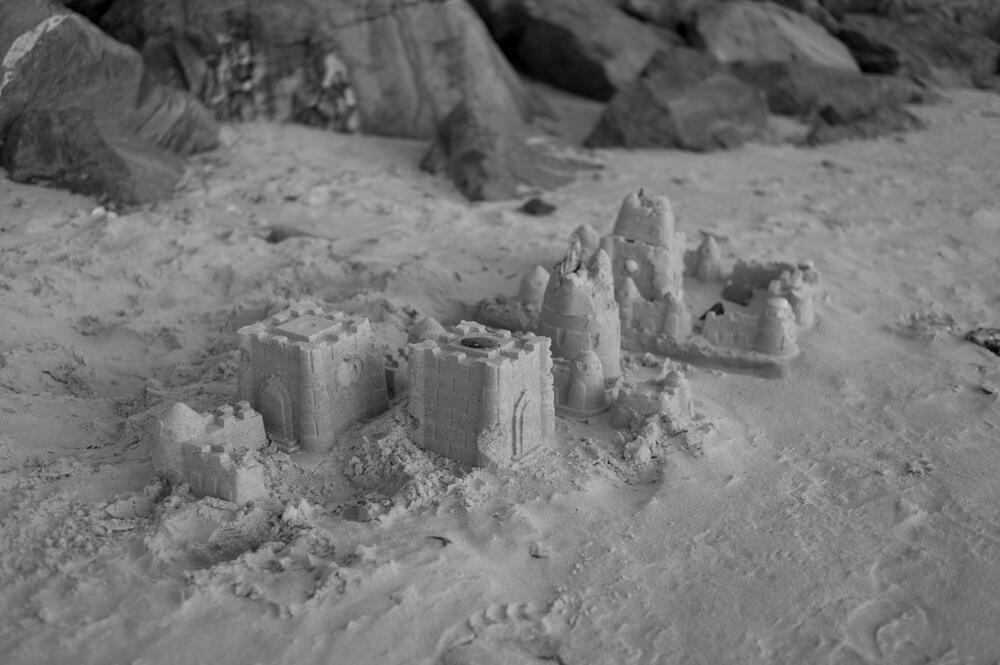This is an old revision of the document!
Deep in Admiration
Excerpts from “Deep in Admiration” by Ursula K. Le Guin. In "The Arts of Living on a Damaged Planet"
Changing our minds is going to be a big change. To use the world well, to be able to stop wasting it and our time in it, we need to relearn our being in it. Skill in living, awareness of belonging to the world, delight in being part of the world, always tends to involve knowing our kinship as animals with animals. (…) One way to stop seeing trees, or rivers, or hills, only as “natural resources” is to class them as fellow beings—kinfolk. I guess I’m trying to subjectify the universe, because look where objectifying it has gotten us. To subjectify is not necessarily to co-opt, colonize, exploit. Rather, it may involve a great reach outward of the mind and imagination.
The MARROW There was a word inside a stone.
I tried to pry it clear,
mallet and chisel, pick and gad,
until the stone was dropping blood,
but still I could not hear
the word the stone had said.
I threw it down beside the road
among a thousand stones
and as I turned away it cried
the word aloud within my ear
and the marrow of my bones
heard, and replied.

Terrafictions
Excerpts from "Terrafictions" by FoAM (Maja Kuzmanovic and Nik Gaffney)
To care, to cure, to comfort. To be with. To help cope, regardless of the situation. “Being with” involves allowing yourself to be touched by the joys and sorrows of another. To be touched by external circumstances, or as the Dutch so eloquently say, to be “ontroerd”. Thrown off-course by the sheer rawness of the moment, by your own inability to make things better, by our fragility, impermanence and mortality.
We learn to “be with” when looking after a sick child, tending to a garden, or when caring for the dying. “Being with” a person or a process that you can’t quite understand can be frightening and uncomfortable, yet it can also become an instrument for discernment, a compass for navigating ambivalence. Care first, do later.
The work of care in the Anthropocene is a struggle with scale and scope and sentience. What does care for a dying forest look like? For an unstoppable flood? For the endless migration of humans and other animals? For an out of balance microbiome in one’s gut?
Do you care? How do you care? Where do you learn how to care? How can you care for something able to consume you completely?
The space of care exists in parallel to the space of “problems” and “solutions”. Underneath the litany of blame and judgement. Beneath social systems and ecosystems. Beneath worldviews and opinions. Deep, deep down in a place where words and worlds are intertwined. Where myths and metaphors grow from the direct experience of entangled relationships. Transferred through a touch, a broken bone, a bedtime story.
The patterns of care solidify through repetition. From thoughts to words, from words to actions, from actions to habits and from habits to character. From a person to a clan to a culture. This process takes time. An instant in geological time, generations in human time.
Dust and Shadow Reader Vol. 2. Previous: risk of gaia. Next: olufsenandi

